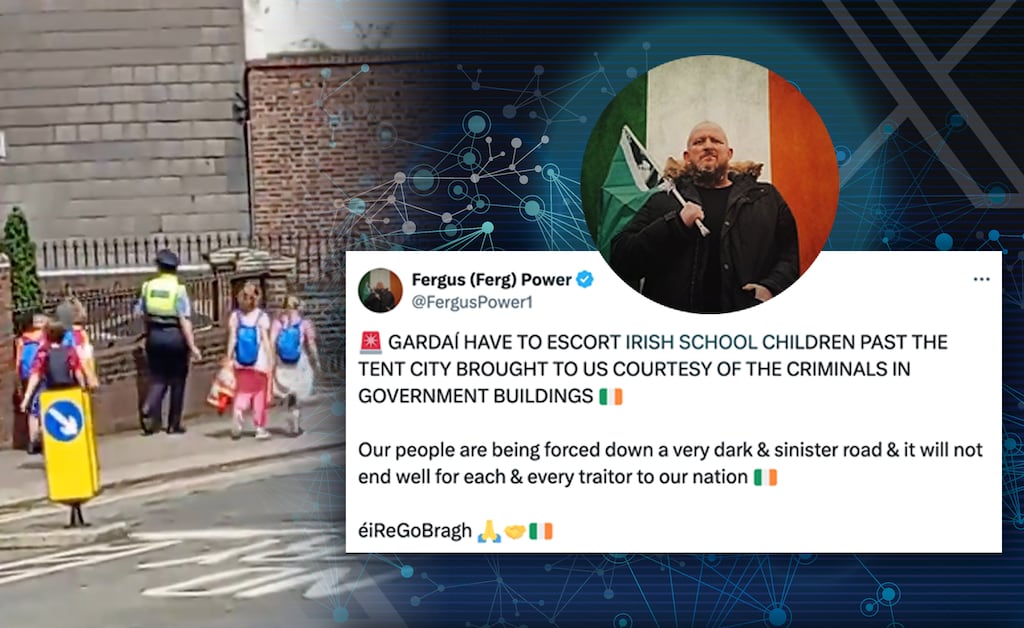Just before 8pm on Tuesday of last week, Fergus Power, a local election candidate for South Dublin, posted a shaky 68-second video online showing a group of young schoolchildren walking beside a garda near the Grand Canal.
“Gardaí have to escort Irish schoolchildren past the tent city brought to us courtesy of the criminals in Government Buildings,” Power posted on X, formerly Twitter, in reference to the groups of tents set up by asylum seekers along the canal in recent weeks.
“Our people are being forced down very dark & sinister road & it will not end well for each & every traitor to our nation,” he continued.
The tweet had all the ingredients needed to go viral in the anti-immigrant online ecosystem. There were warnings of an apparent threat to the safety of small children, criticism of Government “traitors” and dark allusions to potential future violence.
READ MORE
One of the first people to repost it was David Atherton (177,000 followers), a journalist with the European Conservative website. Many others soon followed suit, both in Ireland and abroad. These included right-wing podcaster Mark Attwood (63,000 followers), Carla O’Connor, an adult film actor turned anti-immigration activist, and Matt Braynard, a former staffer on Donald Trump’s presidential campaign (143,000 followers).
The claim received another significant signal boost when UK far-right activist Tommy Robinson (530,000 followers) repeated it. “Clearly they know what these men are like in those tents!” he said.
At the same time, the claim spread widely on Facebook, particularly in the many groups set up to oppose asylum seeker accommodation in towns and villages around the country.
After a few days, Power’s original post had racked up almost 180,000 views on X alone. The only problem was, it was false. The presence of the Garda with the children had nothing to do with the encampment.
Gardaí have been escorting large groups of schoolchildren through the city centre long before the arrival of the asylum seekers’ tents. The purpose was to keep the children together and ensure they do not stray on to the road.
[ Immigration is the top issue getting voters’ attention ahead of electionsOpens in new window ]
“Our Community Policing Unit in Pearse Street regularly engage with local schools and will continue to assist with their activities – in this instance, we walked with almost 100 young pupils on a school trip across the city, as there were a lot of major junctions and crossings on the route,” a Garda spokesperson said.
Sources in two schools in the city centre confirmed this is a regular occurrence and is not related to asylum seekers.
“It’s the speed with which this stuff spreads. That’s the real problem,” said Supt Liam Geraghty, who heads the Garda Press Office. Gardaí will often try to correct false information, such as the story about the children on the canal, he added.
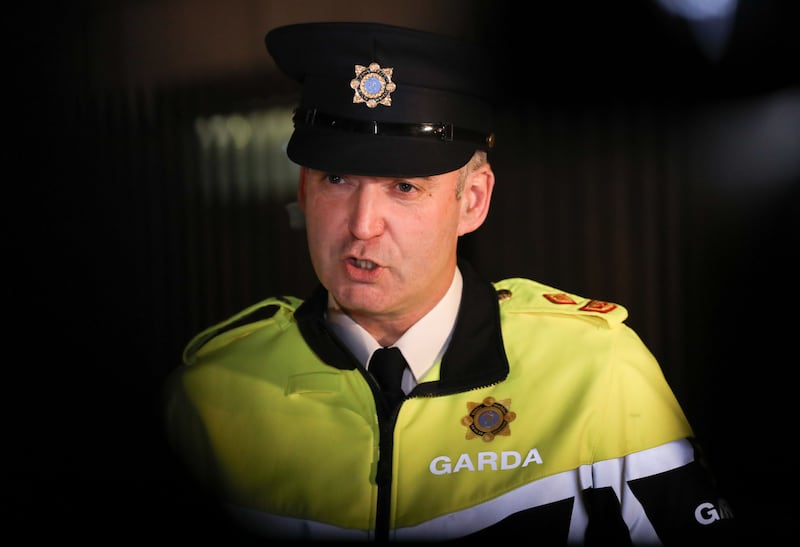
“But in a few short hours it gets widespread traction, which makes it very difficult to try to counteract or combat. It’s very difficult to get a more accurate version of events out there.”
We should call what we are seeing what it is. We are witnessing a campaign of far-right terrorism in this State
— Paul Murphy TD, People Before Profit
This is far from the first time that Power has shared false information targeting foreign nationals which has gone viral. “Major Incident Celbridge”, Power posted in February, before claiming he was “hearing reports” that a seven-year-old girl was “allegedly raped by three Roma men on the grounds of this hotel” and calling for his supporters to gather for a demonstration.
Nothing of the sort was reported, gardaí said. They were investigating a report that a child had been allegedly physically assaulted by someone known to them. There was no sexual element to the incident, gardaí said.
Nevertheless, a large group of protesters turned up outside the Celbridge Manor hotel, which was being used to accommodate asylum seekers. Angry demonstrators shouted “paedophiles out”. Some called for the building to be burned down.
Missiles were also thrown at gardaí deployed to protect the hotel and its residents.
Last January, Power posted that a foreign national had allegedly been “caught with a handgun in Dublin city”. In fact, gardaí had arrested a drunk man with a toy gun.
Power, who did not respond to a request for comment, is one of a number of far-right activists who have become adept at shaping false narratives around asylum seekers and crime so that they quickly go viral. “He is regarded as one of the main disseminators of false information around immigration in the country,” said a garda responsible for monitoring elements of the far right.
“If there is a false claim gaining traction, there’s a very good chance he will have been one of the first to share it.”
Power, who lives in Ballybrack, is running as an independent candidate to represent the Killiney-Shankhill area in upcoming local elections. On candidate documents, he lists his occupation as “carer”.
He is regarded by gardaí as one of the key online instigators in the Dublin riots last November. Following the knife attack on several young schoolchildren on Parnell Square earlier that day, he falsely claimed online that one of the victims had “allegedly” died.
“This better get people off their arses & out on the streets,” he posted just before 3pm that day.
In February, People Before Profit TD Paul Murphy, while speaking under Dáil privilege, said people such as Power are “quick to the scene” if a property is rumoured to be earmarked as asylum seeker accommodation.
“A few days later, it is burned down. We should call what we are seeing what it is. We are witnessing a campaign of far-right terrorism in this State,” Murphy said.
Power’s activities are not confined to the internet. Last month, he was arrested by gardaí while holding a sign that said “Irish Lives Matter” outside a cafe after refusing to vacate the area under public order legislation. In September, he videoed himself with a group of people preparing a mock gallows, with photos of elected representatives attached, which was later used in a protest outside the Dáil.
Earlier this month, French officials warned their Irish counterparts that Russian operatives had extended their disinformation network into Ireland, including by exploiting social divisions around contentious issues such as immigration.
However, the vast majority of inaccurate information about immigrants to this country is home-grown and disseminated by Irish people such as Power. Others, such as Derek Blighe and Philip Dwyer, also frequently spread false or misleading information.
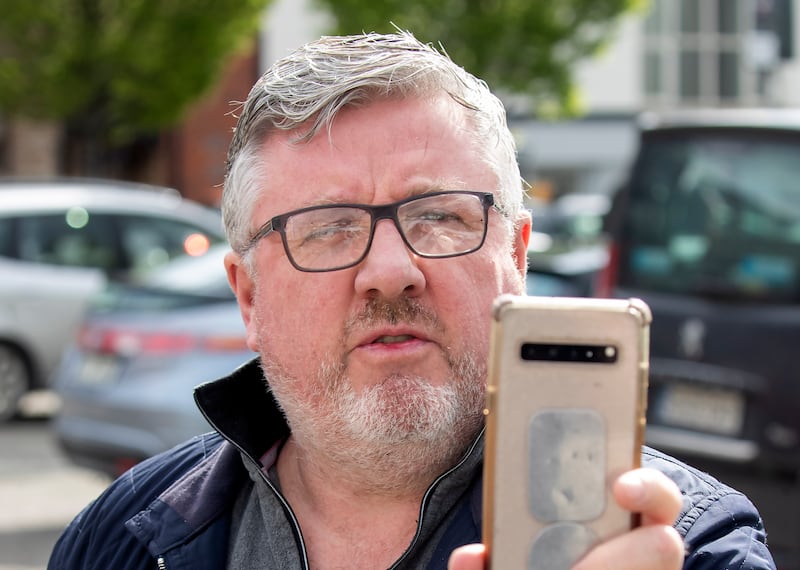
Many of these figures are running in the local or European elections next month, in which they hope to capitalise on growing concerns about levels of immigration.
There are people deliberately sitting there waiting to produce these sources of information to discredit legitimate sources of information
— Supt Liam Geraghty, Garda Press Office
Last June, in a post viewed more than 20,000 times Blighe, claimed it was “100 per cent confirmed” that there was an attempted abduction by a “foreign man” of a young girl in Kenmare, Co Kerry.
In response, the Garda said it had received a report of a “suspicious approach” to a child but that the report did not conform to the events outlined by Blighe, who is running in the European elections and is currently polling at 4 per cent.
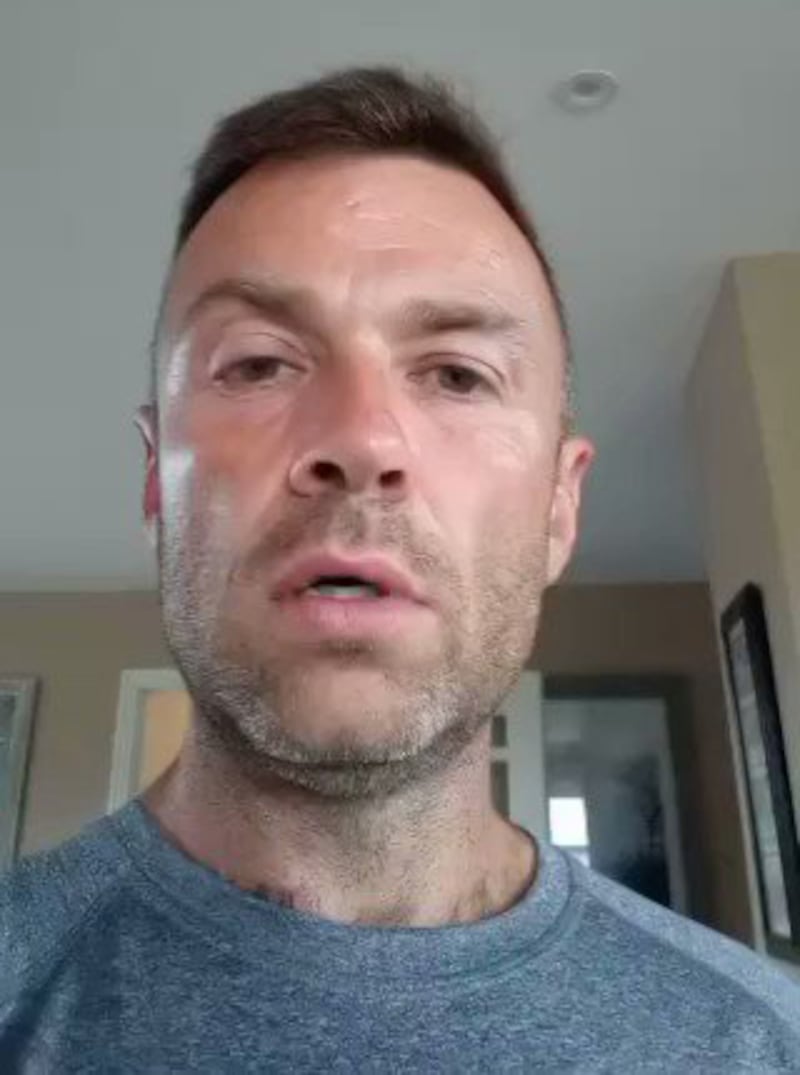
Earlier this year, Dwyer, a self-described citizen journalist who is also running in the European elections, was one of the main far-right figures involved in spreading the falsehood that a disused pub in Ringsend, Dublin, was to be used to house asylum seekers.
This was despite the Dublin Regional Homeless Executive (DRHE) confirming the property was being used as emergency accommodation for homeless families. The building was gutted in an arson attack.
There is a general pattern to much of this false information. An anti-immigration account will post about a foreign man harming or threatening an Irish woman or child. The post will often feature terms such as “hearing reports of” or “people are saying”, while offering no concrete evidence.
On Telegram, a link to the post will be shared on far-right channels where members are instructed to repost it from their publicly facing profiles.
In many cases, after the post goes viral, it will emerge that the details are grossly exaggerated, distorted or entirely fictional.
This was the case in Finglas last year when anti-immigrant groups claimed a woman had been raped and beaten by two foreign men, leading to angry protests outside Finglas Garda station.
Gardaí later said they were following a definite line of inquiry in relation to an alleged assault on a woman. The suspect, sources confirmed, was a white Irish man.
“There are people deliberately sitting there waiting to produce these sources of information to discredit legitimate sources of information,” said Supt Geraghty.
He cites claims following the Dublin riots that the Army was on the streets or claims that the riot police from the PSNI were deployed against anti-immigration protesters in Newtownmountkennedy. “This is something that is physically and legally impossible. Yet people see it and believe it.”
Just like Irish people, immigrants sometimes commit crimes, including serious crimes. But, according to Supt Geraghty, figures show there is no significant increase in “criminal activity or public order issues” when a large number of asylum seekers move into an area.
What is increasing, he said, are crimes involving arson attacks on international protection accommodation, assaults on asylum seekers and attacks on elected officials. “In some cases it’s the people who claim there is a big crime increase who are actually causing the crime increase.”
The false claims often give a specific location that is then shared into local Facebook or WhatsApp groups as fact, creating a hyperlocal sense of fear and apprehension around something that didn’t happen
— Mark Malone, Hope and Courage Collective
In some cases, anti-immigration figures will manipulate footage to give a distorted impression. In January, far-right activist Michael O’Keeffe posted part of an RTÉ News clip, claiming it shows a “foreigner” saying “the Irish joke too much and that needs to change”.
O’Keeffe had mischaracterised the woman’s comments and removed the first few seconds of the clip, which make it clear she is specifically talking about instances where she has been racially abused. His post, which remains online, has been viewed over 1.6 million times.
“The first aim is to create fear, anger and disgust,” said Mark Malone, research lead at Hope and Courage Collective, an organisation which campaigns against bigotry.
“They will post these claims to Twitter for example and ask people to share urgently. The false claims often give a specific location that is then shared into local Facebook or WhatsApp groups as fact, creating a hyperlocal sense of fear and apprehension around something that didn’t happen. Invariably, the false claims seek to blame ‘migrants’ or people seeking asylum.”
There is nothing organic about how these posts spread, said Malone. “In Telegram groups, the Irish far-right are very open about their desire to keep pushing anti-migrant and white supremacist narratives. False claims and deliberate misinformation is a key means of trying to do that.”
After building up people’s rage online, activists seek to create a target group to blame, “the next step to asking people out on to the streets in their own town and community”, Malone said. “We have seen this play out time and time again, usually instigated by a handful of prominent far-right influencers.”
In spreading false information, candidates running on an anti-immigration platform are adopting the Trump playbook, which treats the truth as an elastic concept, said Dr Eileen Culloty, a disinformation expert with the Institute for Future Media Democracy and Society at DCU.
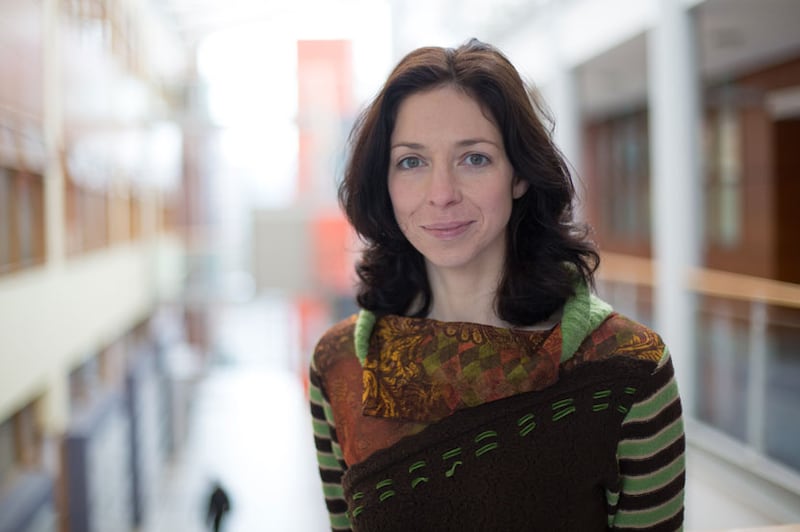
And, although it is supercharged by social media, “spreading rumours... that a foreigner or outsider has attacked someone, especially a child, has a very long history”, she said.
What’s more concerning, she said, “is we’re seeing a shift from online extremist rhetoric moving into offline violence, such as arson attacks and attacks on politicians. In that sense, the problem is definitely getting worse.”
- Sign up for push alerts and have the best news, analysis and comment delivered directly to your phone
- Find The Irish Times on WhatsApp and stay up to date
- Our In The News podcast is now published daily – Find the latest episode here
